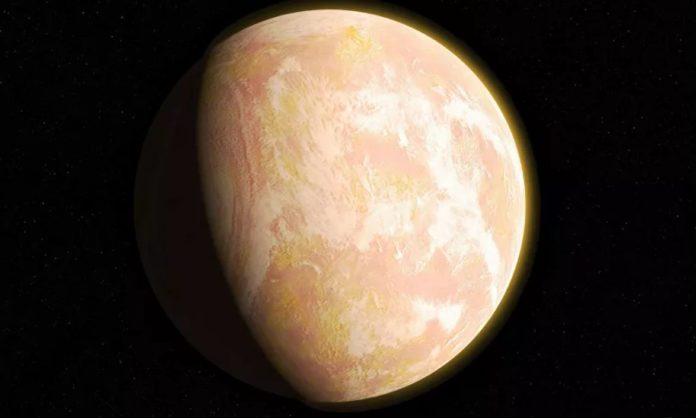Astronomers from the United States have detected a planet similar to Jupiter, but without clouds or haze in its observable atmosphere. It is the first body of its kind observed by scientists.
In addition, the planet is extremely hot as it makes a trip around its star in just four and a half days.
Named WASP-62b, the gas giant was first detected in 2012 during the Wide Angle Search for Planets (WASP). Its atmosphere, however, had never been closely studied. Until now.
The celestial body is 575 light-years away from our planet and is about half the mass of Jupiter. However, unlike the largest planet in our solar system, which takes almost 12 years to orbit the sun, WASP-62b completes its journey around its star in just four and a half days. The location so close to its star makes it an extremely hot planet, giving it the name of hot Jupiter.
The team of astronomers from the Harvard and Smithsonian Center for Astrophysics has succeeded in studying the atmosphere of WASP-62b using the Hubble Space Telescope, which recorded data and observations of the planet with spectroscopy. It is the study of electromagnetic radiation to help detect chemical elements.
- Does This Mean We Stopped Being Animal and Started Being Human Due to ‘Copy Paste’ Errors?
- The One Lifestyle Choice That Could Reduce Your Heart Disease Risk By More Than 22%
- Aging: This Is What Happens Inside Your Body Right After Exercise
- Immune-Boosting Drink that Mimics Fasting to Reduce Fat – Scientists ‘Were Surprised’ By New Findings
- Gun Violence in America: What They Don’t Talk About at the Debate
The researchers noted the clear presence of sodium in the planet’s atmosphere, indicating the absence of haze and clouds that block the signal from this element.
“This is strong evidence that we are seeing a clear atmosphere,” said the head of the study, published in the Astrophysical Journal Letters Munazza Alam of the Center for Astrophysics.
Cloudless planets are extremely rare, scientists note. The first and only known exoplanet with a clear atmosphere was discovered in 2018. Named WASP-96b, it is classified as a hot Saturn.
Astronomers believe that studying exoplanets with clear atmospheres can lead to a better understanding of how they formed. Their rarity “suggests that something else is happening or that they formed in a different way than most planets,” explains Alam, quoted by the Phys.org portal.
In addition, clear atmospheres make it easier to study the chemical composition of planets, which could help identify what they are made of, the researchers note.
